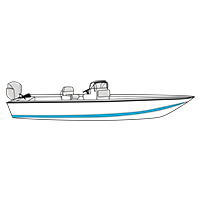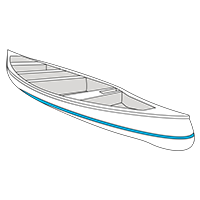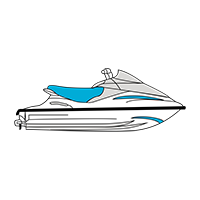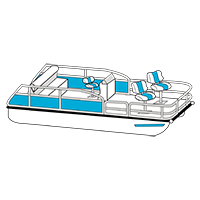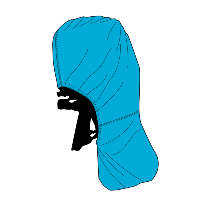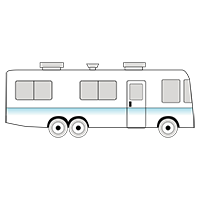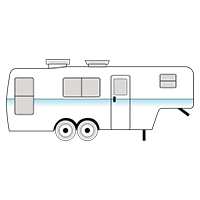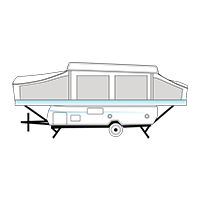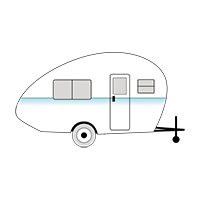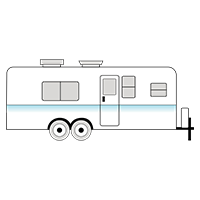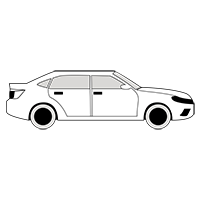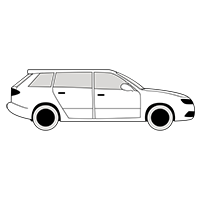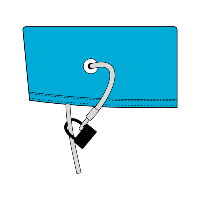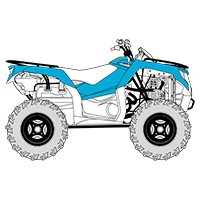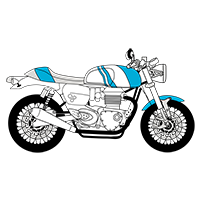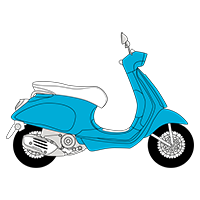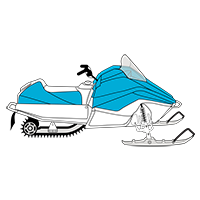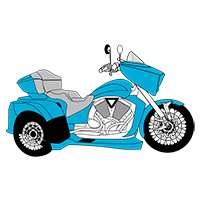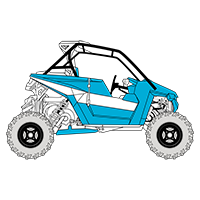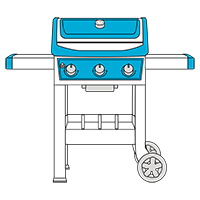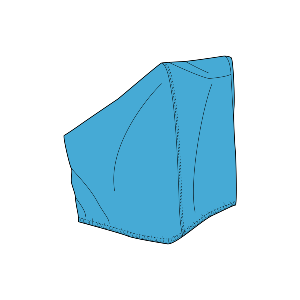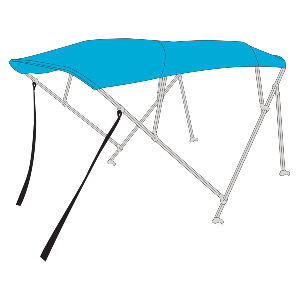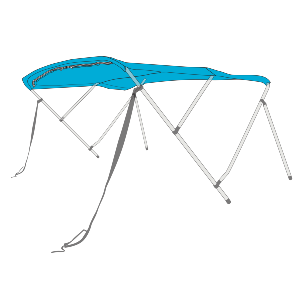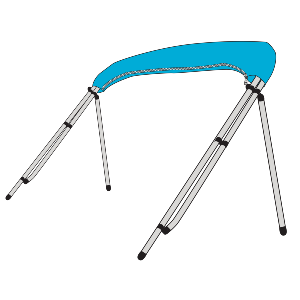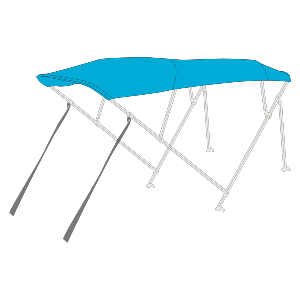
Water Resistant v. Waterproof v. Water Tight: Why Does It Matter?
One of the biggest questions we see about covers in general are "are they waterproof?" to which the answer is a resounding YES. All EliteShield™ covers are waterproof unless otherwise described.
But let's take a minute to talk about what waterproof actually means, because there is a major difference between waterproof, water resistant, and watertight- and two of those are used kind of interchangeably when they really shouldn't be. Waterproof and water tight refer to two very different types of water protection, and are each meant for different uses.
Starting with the one that makes the most sense, water resistant really just means that something is going to take a significant amount of time to absorb enough water to get wet. The fabric or material might have a specific weave or composition that makes it hard for liquids to penetrate quickly. Water might initially slide right off, but eventually the material will absorb liquids. Most home and outdoor accessories fall into this category- patio cushions, couches, car seats, even some mixed-use rugs are able to keep water from infiltrating the fibers for a while before inevitably seeping through and needing to be dried out. It just means you as the user of the item need to be more aware of where liquids are in relation to it, and either keep it out of long periods of rain or wipe up spills quickly.
Waterproof means that the surface of the item is going to repel water. It does not mean that liquids will not find their way to whatever is underneath. It is normal for waterproof items to have some seepage at corners or seams where pieces come together. Most products marketed as waterproof fall under this category, from raincoats to umbrellas to patio canopies, and even the roofs of buildings- water slides right off the surface but might pool and work through areas where the fabric sags, or where the material wears through.
For something to qualify as watertight, all components must be fully sealed, so no liquids can get in or out. Think of things like dry bags, soft coolers, waders, and those bags you can put a phone inside to bring it into a pool without damaging it. Watertight seams have to be permanently sealed through processes like heat press, heat seal, have an additional sealant applied like caulk, or simply be a non-porous material with no weak spots in the seal. And while this seems like a great idea for a vehicle cover (imagine keeping your ATV completely dry in a rainstorm? Sounds great!) you have to keep in mind- anything that keeps 100% of water out will also keep 100% of water in. And that's actually the worst thing you can do while trying to keep a vehicle safe.
All EliteShield materials are 100% waterproof, which means water is not going to make it through the fabric itself. Most of our covers -and vehicle covers in general- are not designed to be watertight on purpose. Why? The answer is easy when you think about it.
Breathability. Anything that exists outside of a temperature controlled indoor environment is going to attract moisture from the air overnight, or any time there is a temperature difference between a material and the surrounding air. Think of your car's windshield, or the dew that covers the grass in the morning. If a cover is 100% water tight, any moisture trapped inside can't evaporate and escape. And there are few things that love trapped moisture more than the microbes and processes that allow the growth of mildew, mold, rust, and everything else that actively harms the materials that boats, RV's, cars, and many other vehicles are made of.
Imagine this scenario: you have a pontoon boat docked at your lake house while you live in the city two hours away. The last time the boat was used, it was hosed down to clean off any dirt that wasn't there. Right away, you put your fancy watertight cover on to make sure the rain from the midweek forecast doesn't ruin your seats while you're away. The summer sun beats down on the cover for three days before it rains, raising the humidity below and forming condensation that drips right onto the upholstery because it can't escape. By the time you get back Friday night, there's been five whole days of this cycle, and you can see the dreaded indicators that mold and mildew have started to grow on your boat, because all that trapped water wasn't able to evaporate out. However, if the cover was waterproof instead of watertight, the water vapor trapped below the cover would be able to work its way out and away from the vehicle, taking away the opportunity for mold and mildew to develop.
As long as your cover is properly fitted and supported with the appropriate poles, cushioning, and straps, seepage shouldn't be an issue. Making sure that pooling water or accumulated snow is also removed quickly greatly reduces the risk of water working its way through seams and onto your vehicle. We have accessories available to help make sure your boat cover is as supported as it can be, including extra straps and support poles for marine covers. They can also be used to support any other type of cover that needs a little bit of help, from UTV covers to pickup truck beds and more. It's also important to properly pad underneath your cover with additional supports like cushions or even bags of air so the weight of external precipitation (accumulated rain or snow) doesn't tear the material or have areas that can sag and pool.
So, the long story short? Waterproof covers are better than watertight covers for almost any situation because they let moisture evaporate, and with proper installation, use, and care do keep the elements from damaging your vehicle.


